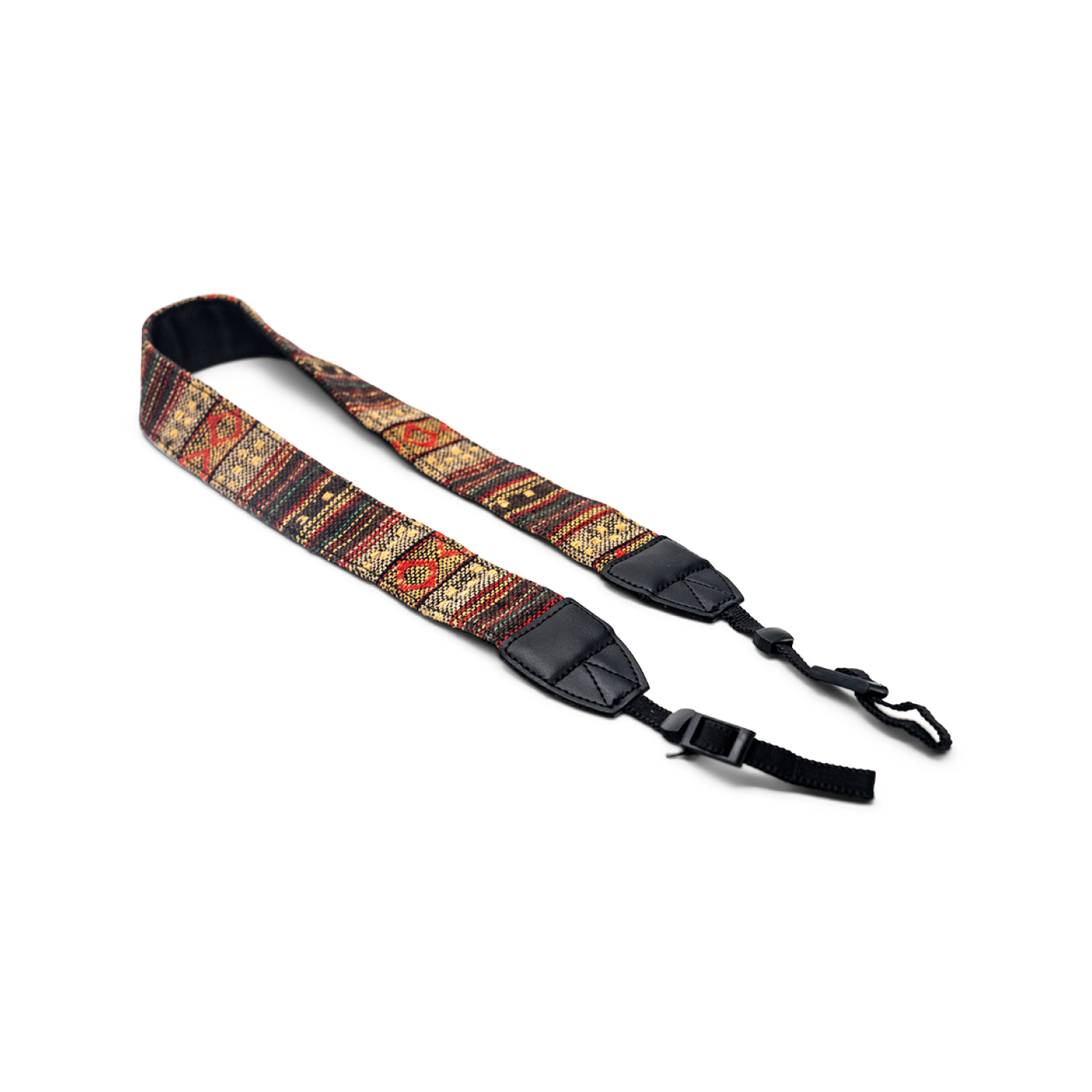The shrill cry of this bird can be heard in just about any western movie you watch. This is the ever-so-glorious red-tailed hawk. It’s the most commonly known and observed hawk in North America. However, its range extends from Alaska to Panama.
Native American cultures considered the bird sacred. They believed it was the bringer of messages — sometimes, it’s presence served as a warning of change. The red-tailed hawk is commonly depicted in Native American art, including paintings and totems. Its feathers have been used in headdresses and spiritual ceremonies.


Red-tailed hawks have also been used in “falconry” or “hawking.” This is the practice of using trained birds for hunting wild game (such as rabbits). Hawking dates back as early as Mesopotamian times.
It’s no wonder red-tailed hawks have been admired for centuries; they’re quite the impressive hunters. They combine strategy with their advanced physical adaptations to get what they want.
This bird is no deep woods dweller. It prefers a specific setting to optimize the hunt — some sort of open terrain paired with high perches. This could be in the desert or a sparsely wooded area; even an open grass field will do the trick.
From their platforms, they wait and watch intensely. A hawk’s eyesight is about 8 times more powerful than yours or mine. This allows them to spot their prey from up to 100 feet away.


Fun fact: Hawks and other birds of prey cannot move their eyes because they are tightly surrounded by bone. To look in different directions, the bird has to tilt its head. Speaking of eyes…
One more fun fact: Red-tailed hawks have color-changing eyes. Juveniles have pale yellow eyes that transform over several years into a dark brown hue.
Back to the hunt — once a hawk has found its next meal, it’s game over. A quick dive and a sharp grip of the talons is all it takes before an unlucky rodent becomes supper.
If the prey is lightweight enough, it’s taken back to the hawk’s perch before being devoured. For heavier prey, the hawk won’t waste any time and will begin feasting on ground level.
The red-tailed hawk’s diet is completely carnivorous. Rats, mice, squirrels, and other rodents account for about 85-90% of the bird’s diet. Additionally, it feeds on rabbits and other small mammals, small reptiles, birds, amphibians, and insects.

With sturdy and expansive wings, the bird can coast effortlessly in the sky. In fact, it’s one of the only birds capable of kiting — using the wind’s force to hover in one stable position. During courtship, the hawk uses flight for a different kind of display.
Both males and females circle through the sky. Their calls, piercing through the atmosphere — keeeeeeearr! Next, the male nosedives with a display of acrobatic movements. He then swiftly scoops his unsuspecting victim. The catch goes straight to a lucky ladybird, on whom he has his eye. Hopefully, he’s left an impression.
When red-tailed hawks find a suitable mate, they usually stick together for life. The pair collaborates to build a large nest high up in the trees. Nests are bowl-shaped and durable, made of sticks with soft plant material to line the interior. As the couple’s lineage continues to grow, so does the nest.

Mother hawks typically lay between 2-4 eggs. Both parents take turns incubating. When the young are born, the father has one main duty: bring home the dinner! When he does, the mother shreds up the food in small bits for the young. It takes a lot of work to keep these babies fed — they have a ravenous appetite.
Young red-tailed hawks are covered in white, fuzzy down; their colored plumes will develop over time. This bird’s overall coloration is variable, depending on the region. This can range from earthy-dark blacks and browns to fiery-light reds and whites. However, they all share their signature feature — the red tail.
By the time 6-7 weeks have passed, the young are ready to leave the nest. Surprisingly, red-tailed hawks only grow to about 3 pounds at the most — females slightly larger than males. Yet, they are fully capable of hunting and eating prey much larger than themselves.
